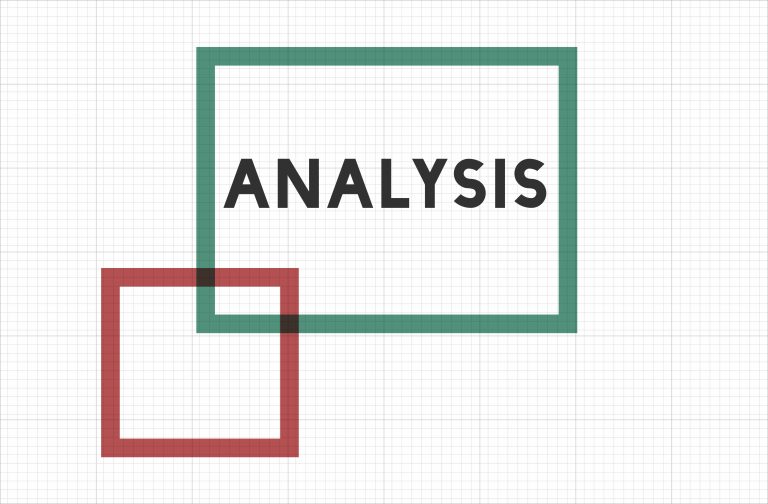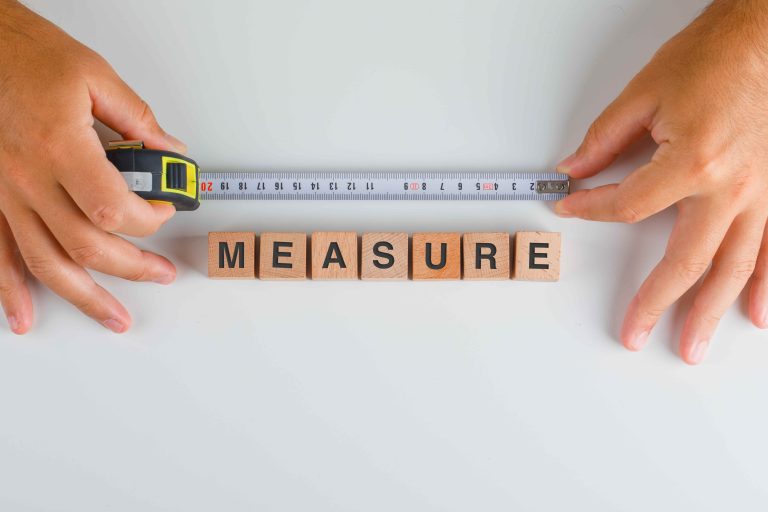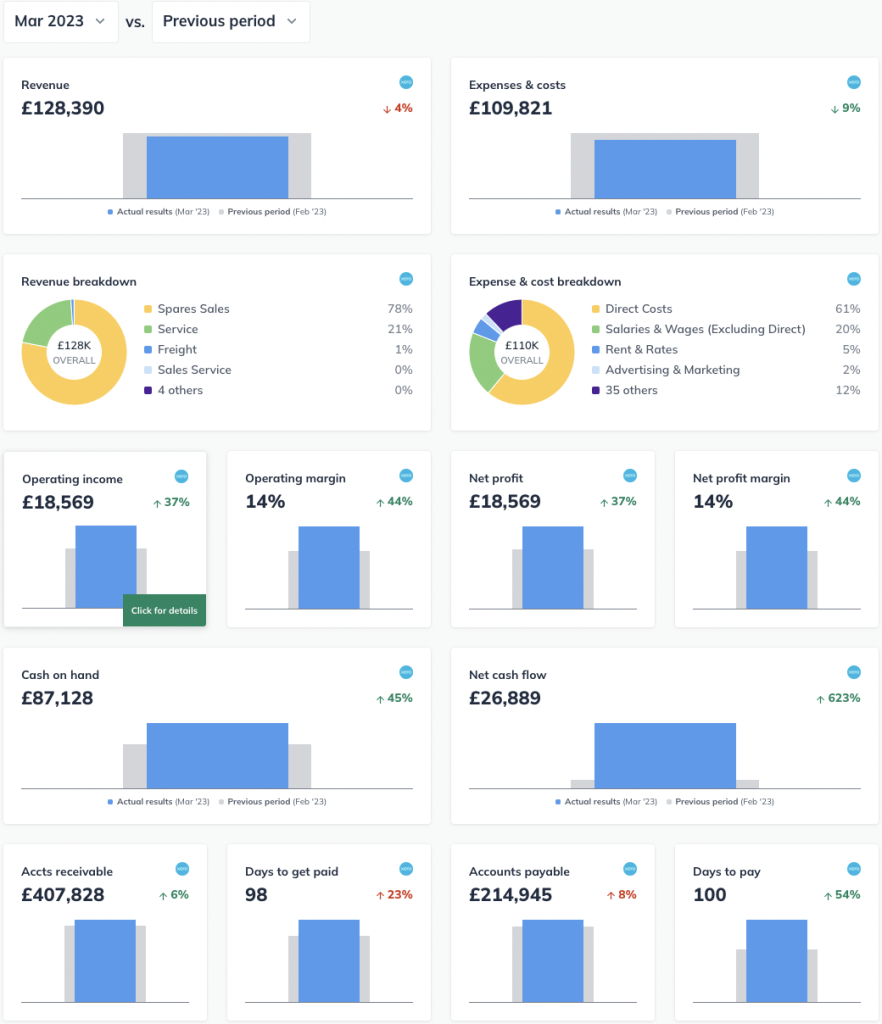A Key Performance Indicator (KPI) dashboard is an essential tool for any business as it provides a quick and easy way to track the company’s performance against its strategic goals and objectives that allow business leaders to make informed decisions and take necessary actions. In this article, I will explain why having a KPI dashboard is vital for a business and how to create one with the relevant areas of the company measured.
What is a KPI Dashboard?
A KPI dashboard visualises critical performance indicators that enable businesses to measure progress towards their goals and objectives. It provides real-time data to help managers make informed decisions and take timely actions. A KPI dashboard can give your organisation a competitive edge in today’s competitive business environment.
The benefits of KPI Dashboards include:
1. Provides real-time visibility
A KPI dashboard offers real-time visibility into the performance of the business. It allows you to quickly identify areas of the company that are underperforming and take necessary actions to address them.

2. Aligns everyone to the same goals
A KPI dashboard helps align everyone in the organisation to the same goals and objectives. It ensures that everyone is working towards the same outcomes, which improves the organisation’s overall performance.
3. Facilitates data-driven decision-making

A KPI dashboard helps facilitate data-driven decision-making. It provides the necessary data and insights to make informed decisions, not assumptions.
4. Improves accountability
A KPI dashboard improves accountability within the organisation and enables you to hold team members accountable for their performance and ensure they meet their targets.
How to create a KPI dashboard for your business?
Creating a KPI dashboard for your business involves several steps:
Step 1
Identify the relevant areas of the business to be measured. The first step in creating a KPI dashboard is to identify the relevant areas of the company to be measured. This will depend on the goals and objectives of the business. If the goal is to increase revenue, for example, the relevant areas to be measured include sales, customer acquisition, and customer retention.

Step 2
Identify the specific metrics to be tracked. Once the relevant areas have been identified. The next step is to establish the specific metrics to be tracked. For example, if the relevant area is sales, the metrics may include total sales, sales by product, and sales by region.
Step 3
Determine the data sources and collection methods. The next step is determining each metric’s data sources and collection methods. This could involve collecting data from various sources, such as CRM software, accounting software, and website analytics tools.
Step 4
Design the dashboard. Once the metrics have been identified and the data sources and collection methods have been determined, the next step is to design the dashboard. The dashboard should be designed to make it easy to read and understand. It should also be customisable to allow you to view the most relevant metrics.
Step 5
Implement the dashboard. The final step is to implement the dashboard. This may involve integrating data sources and setting up automated data collection processes. Once the dashboard is up and running, it should be regularly reviewed and updated to ensure it remains relevant to the business.
Join the NoLimits Business Community
Are you a business owner looking to take your business to the next level? Join our innovative community of like-minded professionals and gain access to a wealth of valuable resources, including a community portal to chat with other business owners, ebooks, business development software, and growth events that will transform the way you do business. Best of all, these resources are completely free and will be available to you forever.
But the benefits of joining our NoLimits business community don’t stop there. By becoming part of our community, you’ll have the opportunity to connect with other business owners, share insights and ideas, and build valuable relationships that will help your business thrive. Don’t miss out on this amazing opportunity to supercharge your business and join us today!
KPI Dashboard examples
A dashboard doesn’t have to be complicated or elaborate, it can be a simple spreadsheet with a RAG measurement right through to complicated analysis reports.
Though the easier they are to produce the more likely they are to be used effectively so, if you can, invest in systems that will generate the required information automatically. Like the ActionPLAN software, we have available for our clients.
A simple spreadsheet

An example from the ActionPLAN System

Conclusion
In conclusion, a KPI dashboard is essential for any business as it provides real-time visibility into the organisation’s performance. Creating a KPI dashboard involves:
• Identifying the relevant areas of the company to be measured.
• Identifying the specific metrics to be tracked.
• Determining the data sources and collection methods.
• Designing the dashboard.
• Implementing it.
By following these steps, you can create a KPI dashboard that provides the necessary data and insights to make informed decisions and improve the organisation’s overall performance.
By David Rivers
Join the NoLimits Business Community
Are you a business owner looking to take your business to the next level? Join our innovative community of like-minded professionals and gain access to a wealth of valuable resources, including a community portal to chat with other business owners, ebooks, business development software, and growth events that will transform the way you do business. Best of all, these resources are completely free and will be available to you forever.
But the benefits of joining our NoLimits business community don’t stop there. By becoming part of our community, you’ll have the opportunity to connect with other business owners, share insights and ideas, and build valuable relationships that will help your business thrive. Don’t miss out on this amazing opportunity to supercharge your business and join us today!

